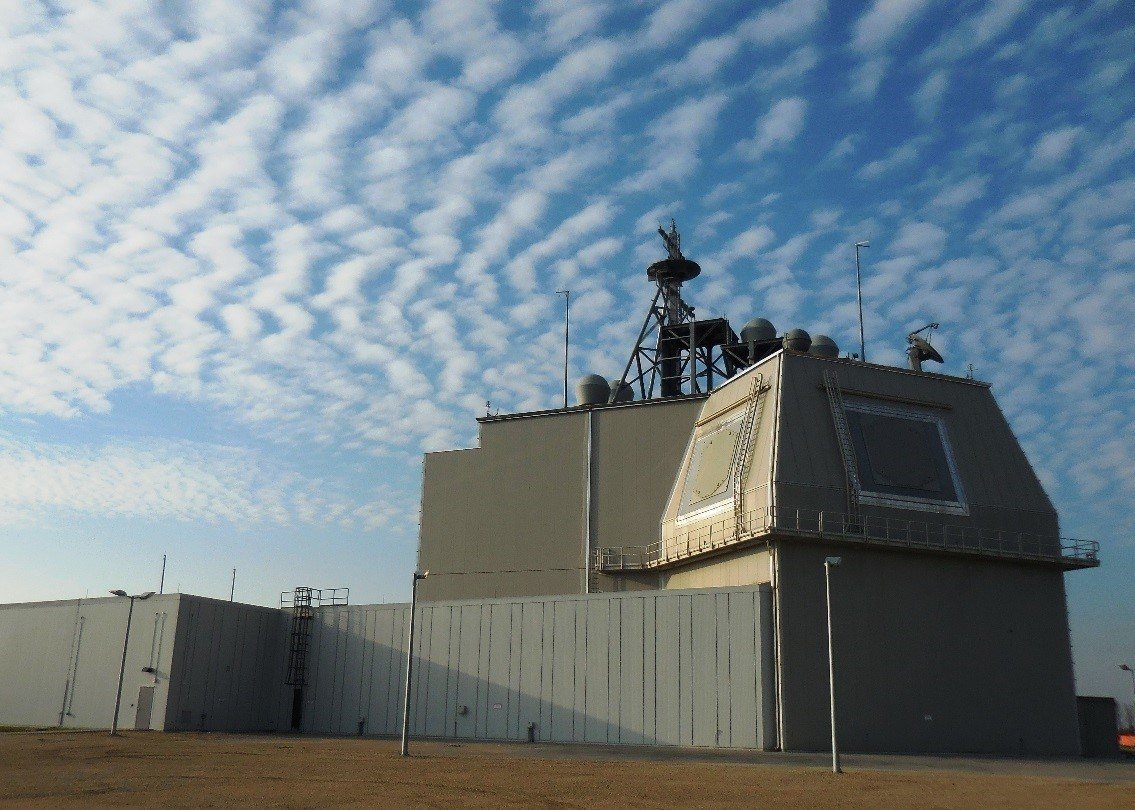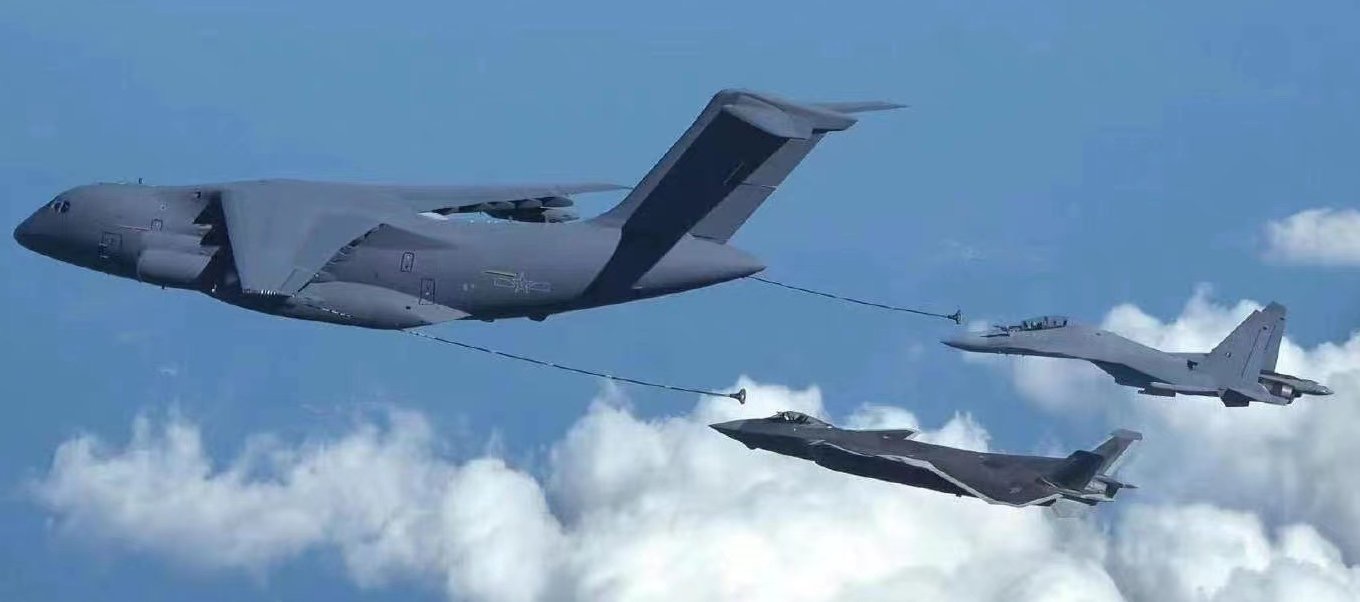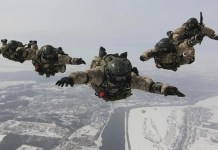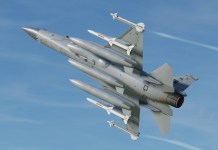To face the challenges arising out of the growing Chinese hegemony in the Indo-Pacific, the United States wants its allies and partners to increase their respective defense expenditures.
But there are growing criticisms that the US itself is not doing enough in raising its budget for the Indo-Pacific Command (INDOPACOM) and strengthening the Indo-Pacific deterrence [as a part of the Pacific Deterrence Initiative (PDI)].
According to Dustin Walker, a professional staff member on the Senate Armed Services Committee from 2015 to 2020, Congress and the Pentagon have yet to provide the same kind or level of funding in the Indo-Pacific that has proven vital in Europe.
In recent years, congressional increases to the defense budget have not been effectively targeted or implemented to address capability gaps and capacity shortfalls in the Indo-Pacific on a sustained programmatic basis.
Even Rep. Rob Wittman, who represents Virginia’s 1st district in Congress and is the Vice Ranking Member of the House Armed Services Committee, Ranking Member of the House Armed Services Committee Seapower and Projection Forces Subcommittee, and member of the Tactical Air and Land Subcommittee, laments that while “China’s military buildup is making rapid advances, US Indo-Pacific posture is only inching along.”
Wittman admits that China has the world’s largest naval and standing ground forces and the largest air forces in the Indo-Pacific region.
China is beating the US on hypersonic weapons; these weapons are capable of evading current missile defenses and are fueled by stolen US technology. China is also fielding anti-ship missiles to hold US ships at risk, and it pledges to become the world leader in artificial intelligence technology by 2030.

Against this background, “Congress can also train attention on issues the White House continues to shortchange. We can act with urgency to improve missile defenses on Guam, our most pivotal military base in the Western Pacific.
Full funding should also be provided for the US Indo-Pacific Command’s $1.5 billion unfunded priorities list, which delivers smart increases for air-launched and naval precision-guided munitions”, Wittman suggests.
Pentagon’s Joint All-Domain Command and Control
Many leading Senators also favor spending more on defense in the Indo-Pacific. In June, they pushed for more money to support the Pentagon’s Joint All-Domain Command and Control (JADC2) endeavor and the creation of a related headquarters in the Indo-Pacific and critical technology, including microelectronics and hypersonics.
The provisions included the Senate Armed Services Committee’s version of the fiscal year 2023 defense policy bill. These include “a joint headquarters” for JADC2 alongside the INDOPACOM in Hawaii.
The Senators said that by establishing the JADC2 base in the Indo-Pacific, the US would be prepared to stand up to threats from China with a fully integrated response. Incidentally, JADC2 is the Pentagon’s concept for a wholly connected military, in which information flows quickly, securely, and accurately across the land, air, sea, space, and cyber.
As an approach, JADC2 transcends any single capability, platform, or system. It provides an opportunity to accelerate the implementation of needed technological advancement and doctrinal change in how the Joint Force conducts C2.
JADC2 is supposed to enable the Joint Force to use increasing volumes of data, employ automation and AI, rely upon a secure and resilient infrastructure, and act inside an adversary’s decision cycle.
According to the Pentagon, successfully implementing this strategy requires a focused commitment. To this end, the JADC2 strategy articulates three guiding C2 functions of ‘sense,’ ‘make sense,’ and ‘act,’ and an additional five enduring lines of effort (LOEs) to organize and guide actions to deliver material and nonmaterial JADC2 capabilities.
The LOEs are: (1) Establish the JADC2 Data Enterprise; (2) Establish the JADC2 Human Enterprise; (3) Establish the JADC2 Technical Enterprise; (4) Integrate Nuclear C2 and Communications (NC2/NC3) with JADC2; and (5) Modernize Mission Partner Information Sharing.

It may be reported that INDOPACOM in 2021 had called for roughly $27 billion in additional spending between 2022 and 2027, with $4.6 billion for the fiscal year 2022 alone.
It was particular that the US built a $1.6 billion, 360-degree persistent and integrated air defense capability in Guam, served by a $200 million high-frequency radar system in Pulau and a $2.3 billion constellation of space-based radars.
It also wanted $3.3 billion in ground-based, long-range fires with ranges of more than 500 kilometers to make up “highly survivable, precision-strike networks along the First Island Chain.”
INDOPACOM is for establishing an Aegis Ashore system on Guam by 2026, which would help protect US citizens and forces there. The Terminal High Altitude Area Defense battery on Guam protects against a North Korean missile launch. Its single AN/TPY-2 radar is vulnerable and cannot provide 360-degree coverage.

Reportedly, INDOPACOM needs nearly $9.1 billion for 2023 and almost $67 billion between 2024 and 2027. But, the Pentagon’s proposed funding for 2023 is only $6.1 billion. And that includes $1.8 billion for the Pacific Deterrence Initiative (PDI), a vital subset of the Pentagon’s investments and efforts to meet the Chinese threat.
In other words, $6.1 billion comprises targeted investments that enhance US force posture, infrastructure, presence, and readiness, specifically in the Indo-Pacific region. These include investments in INDOPACOM’s priorities for Guam missile defense, the Pacific Multi-Domain Training and Experimentation Capability (PMTEC) network of training ranges for US and ally/partner forces, and the Mission Partner Environment (MPE) framework for multinational information sharing.
This sum also funds other vital capabilities and assets to improve the region’s deterrence and US response capabilities, regional exercises, associated construction, and the Defense and Security Capabilities of Allies and Partners.
It is to be noted that the US contributes to augmenting the military strength of its allies and partners in the Indo-Pacific in three ways.
First, there is what is called International Security Cooperation Programs Funding. On this heading, the INDOPACOM has received between roughly 21-26% of annual International Security Cooperation Programs funding, measured against all other Geographic Combatant Commands and related global program support costs.
A substantial and noticeable increase occurred between FY2019 and FY2020 when INDOPACOM’s share jumped from 16% to 26% before hitting 21% in FY2021. This means that the rise on the heading has fluctuated, not sustained.
The second way has been through the Regional Defense Fellowship Program. This authorizes funding for training and educational opportunities for senior and mid-level defense and security officials in partner nations. INDOPACOM’s share under this heading has consistently hovered between 11-15% of all recipients, which Congressman Rob Wittman considers highly inadequate.
The third way is through the Pentagon’s “Overseas Humanitarian, Disasters, and Civic Aid funding.” This also does not reflect significant funding realignments to INDOPACOM over the past four years.
This funding supports US military participation in collaborative engagements with partner nations to build their capacity to respond to humanitarian disasters and public health challenges, thereby reducing their reliance on foreign relief. Such funding advances military-to-civilian programs that complement military-to-military and security cooperation efforts.
China Ready To Fill Gaps Left By The US
Wittman is worried that if the US fails to do enough for the capacity-building of allies and the partners in the Indo-Pacific and fails as “the reliable partner of choice for Indo-Pacific nations and their militaries,” then “China is well prepared to fill any gaps left by the United States, as recently demonstrated by Beijing sending fighter jets to participate in a joint exercise with Thailand.

Underfunding these accounts incentivizes US adversaries to gain stronger and larger footholds worldwide.”
Lt. Col. Michael Ellis, a PACAF (Pacific Air Forces) air adviser and commander of the 36th Contingency Response Support Squadron, seems to agree with Wittman on the possibility of China wooing the US allies and partners in the Indo-Pacific. Citing the instance of the air force, he points out that in fiscal 2022, air advisers in the Indo-Pacific helped execute 50 missions with 15 different partner nations, delivering $32 million worth of equipment.
Three funding streams provided assistance in theater: the Air Force’s BA04 [Budget Authority 04] funding for support to other nations; INDOPACOM Commander Adm. John C. Aquilino’s Asia-Pacific Regional Initiative funds; and congressionally authorized Title 10, Section 333, funds for building partnership capacity.
But, “all these are small potatoes compared to what China seems to be doing. From 2013 to 2018, China provided $1.5 billion in development assistance to Pacific island nations. The total could be higher”, Ellis says.
It is, of course, a fact that China’s largesse across the Indo-Pacific has grown significantly in the last few years. So much so that in April, China concluded a new defense agreement with the Solomon Islands.
This is a warning signal for America. Analysts hope Washington will not hesitate to beef up its security cooperation investments to build partnership capacity in the Indo-Pacific in the coming days.
- Author and veteran journalist Prakash Nanda has been commenting on politics, foreign policy on strategic affairs for nearly three decades. A former National Fellow of the Indian Council for Historical Research and recipient of the Seoul Peace Prize Scholarship, he is also a Distinguished Fellow at the Institute of Peace and Conflict Studies. CONTACT: prakash.nanda@hotmail.com
- Follow EurAsian Times on Google News




